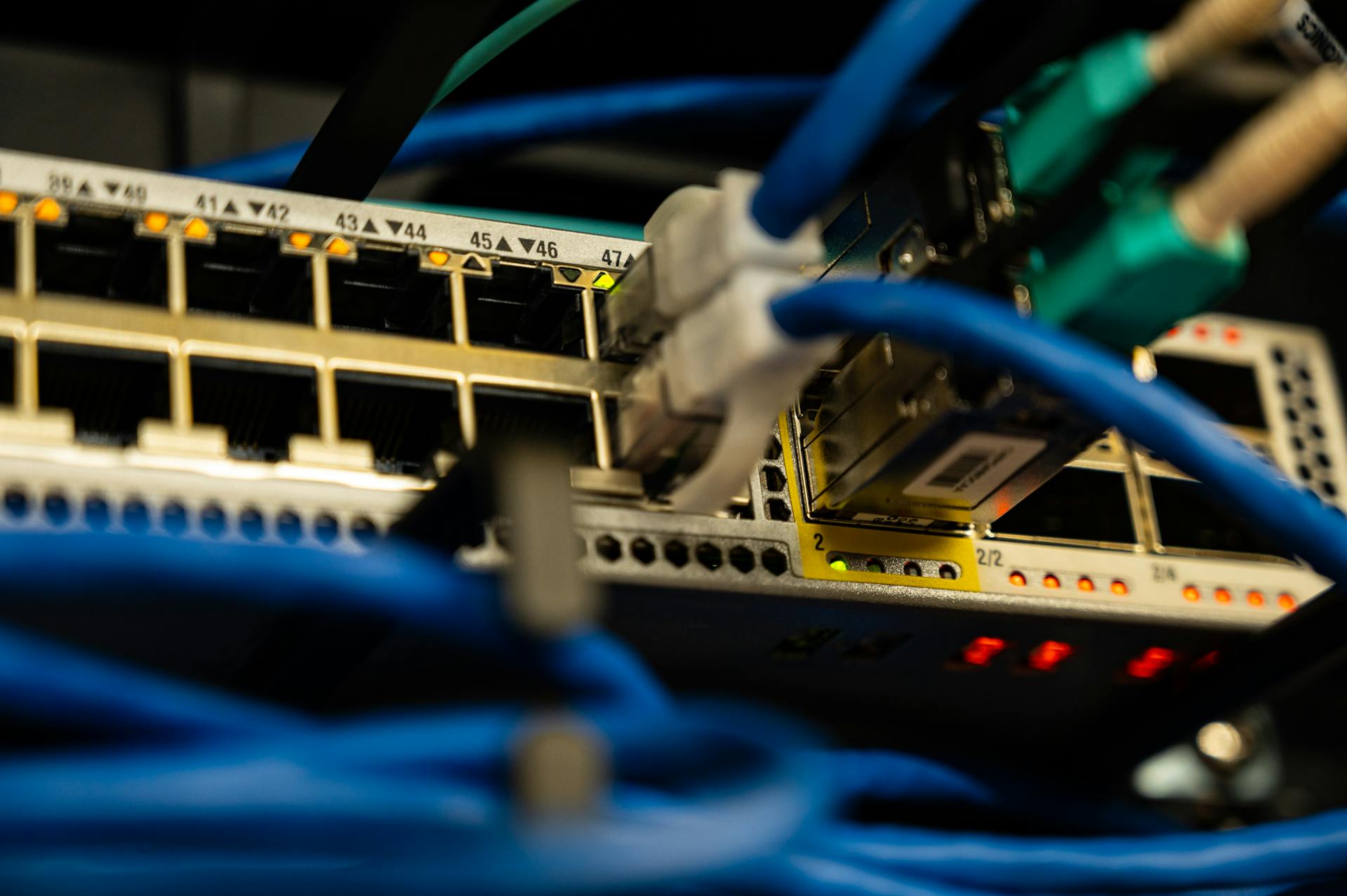Client Overview
A leading furniture manufacturing company embarked on a digital transformation journey to future-proof its operations. With a sprawling 4-storey facility comprising administrative offices, machine workshops, and high-density warehouse storage, the company faced increasing challenges in maintaining seamless wireless connectivity. Growing reliance on IoT devices, handheld scanners, wireless IP cameras, and smart manufacturing tools demanded a significant upgrade in wireless infrastructure.
The goal was clear: achieve uninterrupted wireless coverage, enhanced network performance, and centralized management to support real-time operations across all areas. The solution? A scalable deployment of UniFi 6 Long Range Access Points (APs) integrated with Power over Ethernet Plus (PoE+) switches.
1. Objectives and Challenges
The client sought to:
- Eliminate dead zones and ensure full wireless coverage across all floors.
- Support high-bandwidth applications and Gigabit wireless speeds in office areas.
- Enable stable, low-latency connectivity for IoT devices in workshop zones.
- Establish a dedicated wireless network for IP security cameras, isolated from operational traffic.
- Simplify infrastructure and reduce installation complexity with PoE+ solutions.
Key challenges included:
- Complex layout with a mix of office partitions, concrete walls, and metal-clad workshop areas.
- High-density usage areas requiring seamless handover and roaming capabilities.
- Long cable runs exceeding 100 meters in some locations.
2. Planning and Design
2.1 Site Survey & Network Assessment
A comprehensive site survey was the first step. The IT team analyzed architectural floor plans, evaluated structural interference sources (like metal beams and industrial machinery), and conducted RF scans to determine baseline wireless performance.
Each floor included:
- Offices: High user density, with laptops and VoIP phones needing consistent high-speed connectivity.
- Workshops: Housing CNC machines and IoT sensors with continuous data exchange.
- Warehouse Zones: Required robust Wi-Fi for handheld barcode scanners and tablets.
- Cameras: Wireless surveillance cameras needed dedicated bandwidth with separate VLAN segmentation.
2.2 AP Placement Strategy
Using the insights from the site survey, a customized AP layout was developed:
- UniFi 6 Long Range APs were placed to maximize coverage and minimize overlap while accounting for wall material and machinery interference.
- Placement ensured zero dead zones, reliable signal strength in warehouse racks, and seamless roaming between floors for mobile users.
- The design anticipated future scalability for more devices and potential automation tools.
2.3 Network Infrastructure Audit
An audit of the existing cabling and switch infrastructure revealed the need for upgrades. Each floor received:
- Dedicated PoE+ switches, strategically located to power the UniFi 6 APs without exceeding the 100-meter CAT6 Ethernet limitation.
- Backbone uplinks were routed to the central server room, with redundancy built in for critical operations.
3. Installation Process
3.1 Structured Cabling
- High-quality CAT6 cables were installed following TIA/EIA-568 standards.
- Cable trays and raceways were used to maintain organization and future serviceability.
- Attention was given to minimize EMI (electromagnetic interference) in workshop areas.
3.2 Switch Setup
- PoE+ switches were installed on each floor, connected back to the core switch via fiber uplinks.
- VLANs were configured for data, voice, IoT, and surveillance networks to ensure performance isolation.
- Remote monitoring and control were enabled via UniFi Network Controller integration.
3.3 Access Point Deployment
- UniFi 6 APs were mounted in pre-surveyed spots with optimal height and line of sight.
- Devices were automatically adopted into the UniFi Controller, allowing for unified configuration, firmware updates, and performance monitoring.
- Guest network and WPA3 Enterprise security were configured for staff and IoT segmentation.
4. Testing and Optimization
4.1 Coverage Validation
- Engineers conducted walk-through signal tests with spectrum analyzers and mobile devices to map real-time coverage.
- Identified weak zones were quickly addressed by adjusting AP placement or signal strength parameters.
4.2 Performance Benchmarks
Before-and-after benchmarks were recorded:
- Data Speeds: Uplift of up to 70% in average wireless download/upload speeds.
- Latency: Reduced average ping to critical services by over 50%.
- Throughput: Increased AP throughput capacity supported simultaneous users without noticeable degradation.
4.3 Roaming and Device Handover
- Employees using mobile devices and scanners experienced uninterrupted roaming as they moved between different floors.
- Testing ensured zero packet loss during handoff between APs.
5. Outcome and Impact
The UniFi 6 deployment significantly transformed the factory’s wireless infrastructure:
- Complete coverage across all operational zones with no dead spots.
- Scalable network ready to support more IoT devices, automation tools, and security systems.
- Centralized management through the UniFi Controller simplified maintenance and performance tracking.
- Improved operational efficiency, thanks to faster and more reliable network access.
Conclusion
This project highlights the importance of thorough planning, strategic AP placement, and quality hardware in achieving enterprise-grade wireless performance. By choosing UniFi 6 APs and PoE+ technology, the furniture manufacturer not only solved their immediate connectivity issues but also laid the foundation for a smarter, more connected factory.
Disclaimer: “This site contains product affiliate links. We may receive a commission if you make a purchase after clicking on one of these links.”





